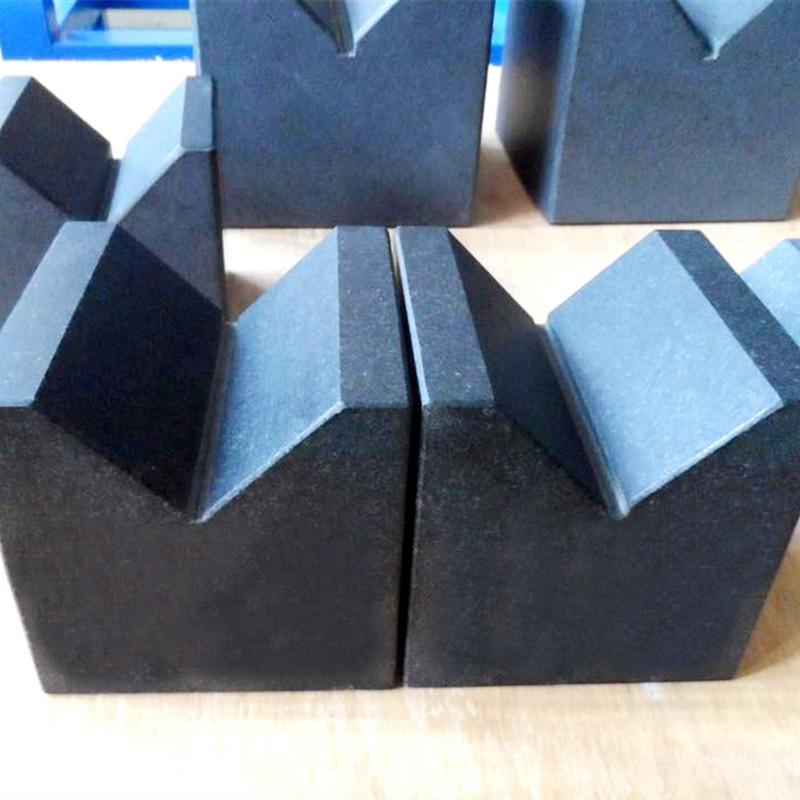Sep . 14, 2024 10:59 Back to list
a check valve
Understanding the Importance of a Check Valve
A check valve, also known as a non-return valve or one-way valve, is a critical component in various fluid systems across numerous industries
. Its primary function is to allow fluid to flow in one direction while preventing backflow, thereby ensuring the efficiency and safety of the entire system. The significance of a check valve cannot be overstated, as it plays a crucial role in maintaining pressure and preventing contamination in pipelines.One of the most common applications of check valves is in water and wastewater management systems. In these systems, preventing backflow is essential to avoid contamination of clean water supplies. A check valve effectively prevents reverse flow by utilizing a simple mechanical mechanism—a disc or ball that moves with the fluid flow. When the flow stops or reverses, the disc or ball closes, creating a seal that blocks any backward movement of the fluid. This functionality is vital in sewage treatment facilities and potable water systems, where the integrity of the water supply is paramount.
In industrial settings, check valves are equally important. They are used in various types of machinery and systems, including pumps, compressors, and engines. By ensuring that fluids flow in the intended direction, check valves help maintain system efficiency and prevent damage caused by backpressure. For instance, in a pumping system, a check valve helps prevent the pump from running dry, which could lead to overheating and catastrophic failure.
a check valve

The design of check valves can vary significantly depending on their application. There are several types of check valves, including swing check valves, lift check valves, and ball check valves, each with its unique benefits. Swing check valves, for example, are suitable for low-pressure applications and are known for their simplicity and effectiveness. On the other hand, ball check valves offer excellent sealing capabilities and are ideal for high-pressure systems.
Installation and maintenance of check valves are also critical considerations. These valves should be installed in accordance with the manufacturer's guidelines to ensure optimal performance. Regular maintenance checks are essential to identify any wear or buildup that could hinder their functionality. Neglecting maintenance can lead to failures that might cause significant downtime and operational disruptions.
In conclusion, check valves are essential components that safeguard fluid systems by preventing backflow and ensuring the proper flow direction. Their versatility and reliability make them invaluable in water management, industrial applications, and many other areas. Proper selection, installation, and maintenance of these valves are crucial for maximizing their benefits and extending the lifespan of the fluid system. Understanding their function and importance can help engineers and operators make informed decisions that enhance the safety and efficiency of their operations.
-
Why Metric Trapezoidal Thread is Ideal for Precision Motion ControlNewsAug.05,2025
-
The Unique Properties of a Block of Granite for Industrial UseNewsAug.05,2025
-
The Role of Flanged Y Strainers in Preventing Pipeline ClogsNewsAug.05,2025
-
The Importance of Regular Calibration for Master Ring GagesNewsAug.05,2025
-
How a Cast Iron Surface Table Enhances Accuracy in ManufacturingNewsAug.05,2025
-
Comparing Different Check Valve Types for Optimal Flow ControlNewsAug.05,2025
Related PRODUCTS









